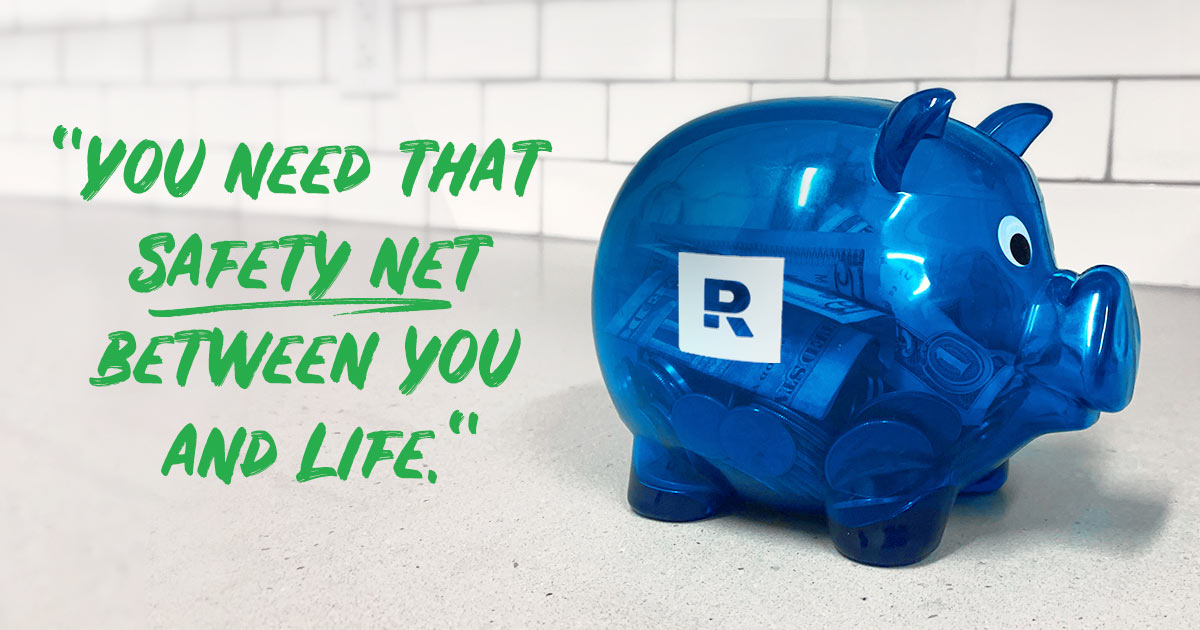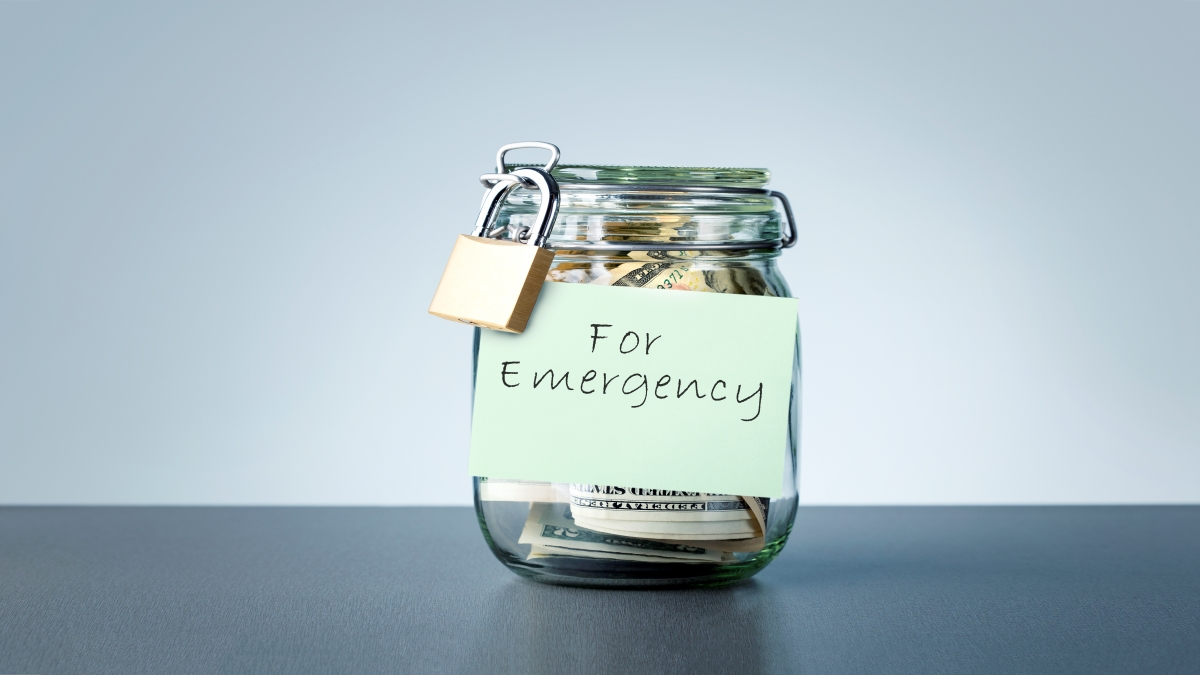
Ramp Up Emergency Savings: Your Financial Safety Net
Imagine you’re enjoying a sunny day outside. Suddenly, the sky turns dark, and a storm hits. The weather change is abrupt, and you wish you had brought an umbrella. Think of emergency savings as that umbrella, but for your finances. When the storm hits—in the form of an unexpected car repair, a medical expense, or even a job loss—you want to be ready. That’s why ramping up your emergency fund is vital. It’s your financial safety net designed to catch you when life throws you off balance.
What Are Emergency Savings?
Emergency savings are funds you set aside, typically in a savings account, meant to cover unforeseen expenses or financial downturns. This money is not for vacations, the latest gadgets, or shopping sprees—it’s for essential living expenses when your ordinary cash flow is disrupted. Think of it as a buffer against life’s surprises.
Why Emergency Savings Are Essential
Life is unpredictable. A car can break down, a pipe in your house might burst, or you could suddenly find yourself between jobs. While these scenarios are uncomfortable to think about, they’re a part of life. If you’re not financially prepared for such events, they could lead to debt or significantly impact your overall financial health.
Having an emergency fund also provides peace of mind. It reduces stress, knowing that you have a backup plan. Without this financial cushion, every minor hiccup feels like a major crisis. With it, you can face challenges with confidence, knowing you have the resources to deal with them.
How Much Should You Save?
The rule of thumb is to save enough to cover three to six months’ worth of living expenses. This includes rent or mortgage, food, utilities, transportation, insurance, and any other regular expenses. Why this range? Because every person’s situation is different. If your job is stable and you have multiple sources of income, you might be comfortable with three months’ worth of savings. If your job situation is less stable or you are the sole provider for your family, you might lean towards six months or more for extra security.
Starting Your Emergency Fund
Starting can often be the hardest part, but don’t worry, it’s about taking small, consistent steps. Here’s how to start building your emergency savings:
1. Set a Goal
Define how much you want to save and by when. Having a clear target will motivate you to stick to your plan. For example, if you aim to save $6,000 in a year, you’ll need to save about $500 each month.
2. Create a Budget
A budget maps out your income versus your expenses. It helps you see where your money is going and where you can cut back. The money you save by cutting back can go directly into your emergency fund.
3. Automate Your Savings
Set up an automatic transfer from your checking account to your savings account. Schedule this transfer right after you get paid. By saving automatically, you’re paying yourself first and removing the temptation to spend the money elsewhere.
4. Grow Your Fund
Look for ways to increase your income, like taking on freelance work, selling items you no longer need, or getting a side job. Put any extra cash—tax refunds, bonuses, or gifts—into your emergency fund.
Maintaining and Growing Your Emergency Fund
Once you’ve built your emergency fund, it should not be a static entity. You might need to adjust the total amount over time due to changes in your life, like a new mortgage or different health insurance costs.
Review and Adjust
Review your emergency savings at least once a year to ensure it still covers your basic living expenses. If your expenses have increased, increase your savings accordingly.
Keep It Accessible but Not Too Accessible
Your emergency fund should be easily accessible, meaning you can withdraw the money without penalty when a true emergency arises. At the same time, it shouldn’t be too easy to access, or you might be tempted to dip into it for non-emergencies.
Where to Keep Your Emergency Fund
A high-yield savings account is a good option for your emergency fund. It offers better interest rates than a regular savings account and your money stays liquid. Just make sure to read the terms to ensure you have easy access to your cash when needed.
Using Your Emergency Fund Wisely
Before tapping into your emergency savings, ask yourself if the situation is truly an emergency. Is it unexpected, necessary, and urgent? If it is, use your fund. If not, try to handle the expense without dipping into your savings.
When you do use your emergency fund, make a plan to replenish it. Continue the same savings habits that helped you build it in the first place to bring it back to its target level.
Conclusion

An emergency fund is an essential aspect of financial stability. By setting it up and contributing regularly, you are proactively preparing for those unforeseen events that life might toss in your path. With a well-funded emergency savings account, you’ll not only secure your financial future but you’ll also enjoy the serenity that comes with knowing you can handle life’s storms. So start today, and gradually build up that financial cushion. Your future self will thank you for having the foresight to open up that umbrella before the storm hits.
Remember, taking control of your finances is empowering. Begin with small, manageable steps and stay consistent. Your emergency fund is not just about money—it’s about security, independence, and peace of mind. With every deposit, you are not only ramping up your savings, you’re ramping up your resilience against whatever tomorrow may bring.